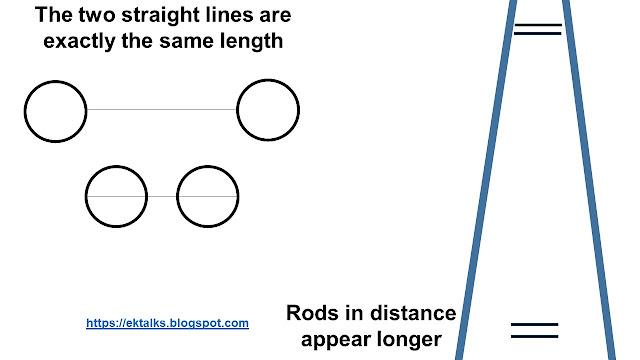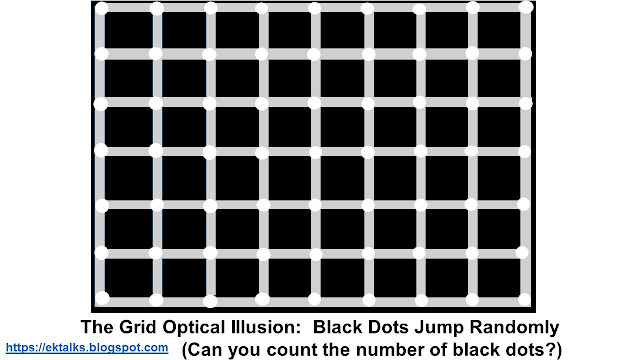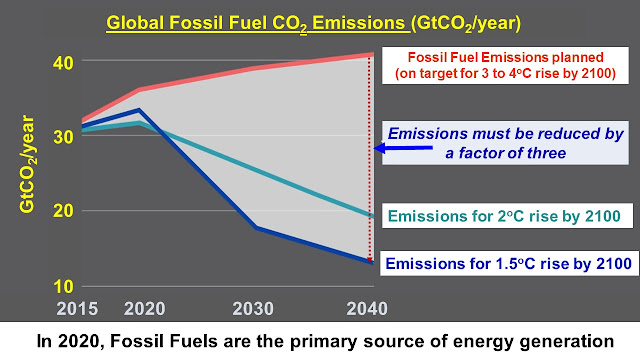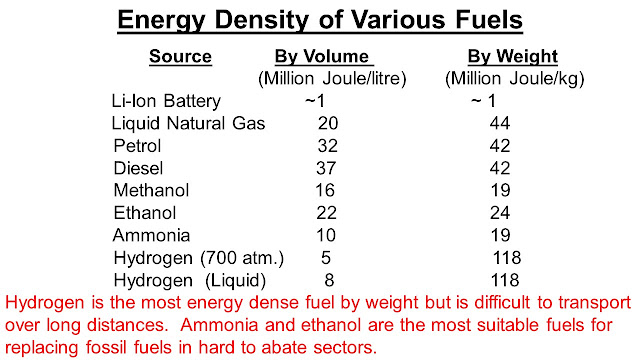Blog Contents and Who am I?
Colours
provide extraordinary detail and richness in the way we experience our
surroundings. Except for vision, our other senses only allow us access to
the local environment. Our ability to see objects with better than
millimetre resolution and their colours has played a fundamental role in
activities like foraging, finding mates, keeping healthy etc. and has guided
our evolutionary development so much so that ~40% of our brain is devoted to
vision related activity.
The colour of objects is mainly
determined by two factors; the light that illuminates them
and the nature of pigments present in the object. We
look at these in detail in the following:
Visible Light: (For
more details see)
Most of the energy from the Sun that reaches Earth is in the visible part of
the electromagnetic (EM) spectrum - the visible spectrum extends from 400 to
700 nm (1 nanometre or nm is a billionth of a metre). The human visual system
has evolved to efficiently perceive the range of wavelength present in the
visible spectrum. Small amount of radiation in the ultraviolet (UV, 300
to 400 nm) and infrared (IR, >700 nm) also reaches the Earth's surface; some
animals can indeed perceive UV and IR radiation.


Human Perception of Colours: Our vision has evolved to distinguish various wavelengths
of light as colours - humans can perceive ten million colours. Our eyes
are most sensitive to light in the 500 to 600 nm range - perceived as green to
yellow/orange colours - these are also the most abundant colours in the
environment. Humans are trichromatic -
the retina contains three types of colour receptor cells (called cones); see
also. Colours are characterized by three properties - hue (H), saturation (S) and brightness (also called lightness L). Links here (1, 2, 3) and slides in the appendix at the end of this blog provide more details. 

Why
we associate light of certain wavelength to a particular colour is not properly
understood. After all, light is simply a manifestation of varying
electric and magnetic fields - its wavelength tells us how many cycles of such
oscillations are happening per second (frequency = speed of light
/wavelength). The brain receives electrochemical signals that are coded for the amount of light and the range of wavelengths that are
incident on the retina. Why and how the brain translated these signals into
particular colours is a mystery that is buried deeply into our evolutionary
past.
Also interesting is the way that
the brain, after receiving the signals from the cones, decides on the colour of
light that the cones had received. For example, a wavelength in the
region of 590 nm is interpreted as yellow, but so is a combination of two
wavelengths of 523 nm (green) and 640 nm (red). 
Primary Colours: We have
learnt that white light is a mixture of wavelengths from 400 nm to 700
nm. In fact, it is possible to generate white light by mixing light of
three well-separated wavelengths, called the primary colours. The most widely
used primary colours are red, green and blue - the RGB system. These are additive primary
colours as the addition of these in equal proportion gives white light.
Adding RGB colours in different proportions generates other colours - an
infinite variety of them.
Additive primary
colours are generally associated with sources of light - lamps, bulbs, flames
etc. For example, you can mix light from two or more lamps to produce a
different colour.
In real life, objects
have characteristic colours when viewed in white light (e.g. during the day) -
leaves are green, ripe apple is red etc. Objects do not produce their own
light but absorb, reflect and/or transmit light incident on them. Any
light absorbed by the pigment in the object will subtract corresponding
wavelengths from the white light - the resulting light will no longer be pure
white. The colour of the object is inferred by the eye-brain system
when the reflected or transmitted light falls on the retina of the eye.
This discussion also leads us to describe the subtractive
primary colours or complementary colours - these are shown on the slide
above, but we now look at some examples to understand this complex subject.
We have established that the
colour of an object that we see depends on the light absorbing pigments it
contains and the wavelength of the illuminating light.
The slide shows how this manifests for a range of pigments and various colours of the illuminating
light. It demonstrates that white light allows objects to be
viewed in the largest variety of colours. Light sources other than white give only a
limited description of the colour of objects.
Autumn Colours_ An Example of Changing Colours: During the autumn
season, many plants change colour from the summer green to yellow, orange and
red, and present a remarkable colourful display. The autumn colours are a consequence of changing pigment in
the leaves.
During the summer
plants receive plenty of sunlight and chlorophyll in the leaves uses solar
energy to synthesize sugars (photosynthesis). Chlorophyll reflects green
light and gives the leaves their green colour. Chlorophyll breaks
down during photosynthesis but is constantly replaced during the summer period.
As autumn approaches,
chlorophyll production shuts down and the green colour of the leaves
fades. This lets characteristic colours of other chemicals, already present throughout the summer
but masked by chlorophyll, to show. Carotenoids and
xanthophylls reflect yellow and orange light and decay much more
slowly than chlorophyll. Ash and birch trees change colour to yellow
and orange first.
The pink, red
and purple colours are due to the chemical anthocyanin which
is synthesized in the autumn - bright sunlight and above freezing temperature
help its production and give vivid colours in many trees like maples.
The pigment before
the leaves fall is tannin and gives them a brown colour. Tannin in oaks
is the last pigment to breakdown.
When the Eye-Brain
System Fails - Optical Illusions: I have mentioned that the
eyes send information about the external world to the brain as electrical
signals. Such signals have gaps and only contain limited information - the three cones respond to a broad
range of wavelength and do not provide a definite clue about the colour of the object. The brain then has the difficult task of interpreting this
scrappy information into a unique result - not just about colour of objects but
also their shape, size, motion and many other properties. The brain
relies heavily on past experiences and memory to accomplish this in a limited
time of the order of milliseconds. It is not surprising that sometimes
the brain reaches a wrong decision. How the eye/brain system works is discussed in the second
half of my blog.
It might be
instructive to give a few examples of the brain's failure to detect the correct
optical properties of objects in various contexts of colour, size, shape,
motion etc. To demonstrate this point, I have drawn some slides based on
some popular optical illusions. (Click on the slide to see full page view)
An illusion that is easy to see
is to stand on a bridge over a fast flowing river. On looking at the
water you feel as if the bridge is moving rapidly in a direction opposite to
the flow of the river.
How do Colours Work? Colours affect our mood,
feelings, emotions and behaviour; our reactions to colours are determined by a
combination of psychological, physiological, personal, social and cultural
factors. For example, in fashion and marketing, colour impressions can
account for 60% of the acceptance or rejection of products and services.
In Western societies, white represents purity and innocence, but
in many Eastern countries white is seen as a symbol of mourning. It is
fascinating to explore how different colours can have contrasting meanings in
different cultures and contexts. A detailed list of how the meaning of
colours varies in different situations may be seen here.
While it is well established that
colours do influence the way we perceive the world around us, it is not clear
to me how does it happen. The question is how do colours affect our mood
and behaviour? How do they work? The eye-brain system operates on a series of
electrochemical (EC) signals and it is not at all clear why a wavelength of 640
nm is seen as red, while light of wavelength around 520 nm is
green. This is probably a question that does not have an answer. It is the brain's way to make sense of the world around us.
Post Script: This blog was written because many people I meet had wondered why the water in swimming pools is blue - also the striking blue colour of glaciers has been a source of confusion to many friends returning from trip to Alaska. In order to explain this, it is important to set a background about colours and this is what I have tried to do in this blog. Some fascinating physics is in play to give us the wonderful panoramic colours in the environment - the sky is blue during the day but at sunrise and sunsets it turns red or sometimes orange; clouds are white but grey as well, oceans are blue but look deep green sometimes etc. In my next blog, I shall try to explain the science behind these various observations.
APPENDIX:
The following slides explain the way we perceive colours - not as primary red, green or blue but in terms of their hue (tone), saturation and brightness.
please note an error in the normalised RGB value of the second colour square (70,70,125) should be normalised as (0.27, 0.27, 0.49). The S value is calculated correctly.
Thanks for reading. Comments are very welcomed. Please pass on the link to this blog to friends and family.
Most slides (except the first two slides) and text in this blog have been prepared by myself and you are welcome to use them freely but please acknowledge this blog as
https://ektalks.blogspot.com/2020/10/colour-of-objects-visible-light.html














































